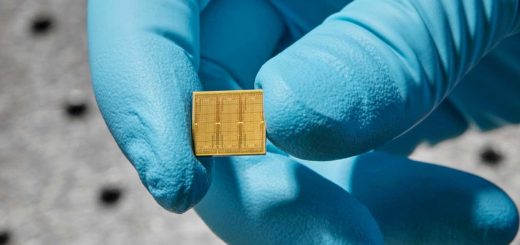Stellar flares may hamper search for life in promising star system
Astronomers have been trying to detect atmospheres on planets orbiting TRAPPIST-1, but bursts of radiation from the star make this challenging
By Alex Wilkins
23 June 2025
Illustration of TRAPPIST-1, a red-dwarf star with at least seven orbiting planets
Mark Garlick/Alamy
The search for atmospheres around the TRAPPIST-1 star system, one of the most promising locations for life elsewhere in the galaxy, might be even more difficult than astronomers first thought because of short-lived radiation blasts from the star.
TRAPPIST-1, first discovered in 2016, is a small red dwarf star about 40 light years from Earth with at least seven planets orbiting it. It is a prime target for astronomers hoping to detect extraterrestrial life because several of its planets appear to sit in a habitable zone where temperatures are just right for liquid water.
Read more
Astronomers might finally have explanation for mysterious Wow! signal
But in order to support life, those planets would have to retain atmospheres. So far, extensive observations with the James Webb Space Telescope have failed to find evidence of atmospheres on any of the planets.
Now, Julien de Wit at the Massachusetts Institute of Technology and his colleagues have detected microflares coming from the TRAPPIST-1 star every hour or so that last for several minutes. These tiny bursts of radiation appear to interfere with our ability to observe the light that passes through the planets’ atmospheres – if they exist – thwarting the main method of detecting what chemicals might be in any atmospheres.
Using the Hubble Space Telescope, de Wit and his team looked for a specific wavelength of ultraviolet light coming from TRAPPIST-1 that is absorbed by hydrogen. If they saw less of this light than expected when a planet passed in front of the star, then it might have suggested hydrogen leaking from the planet’s atmosphere.


